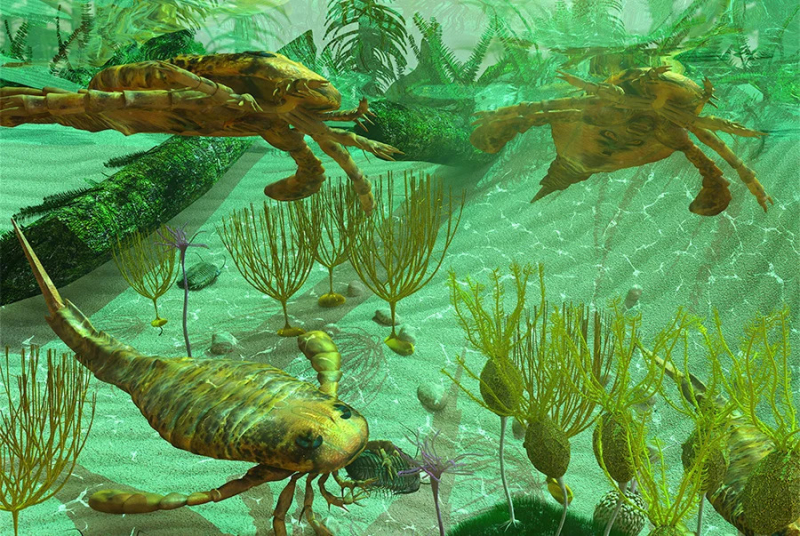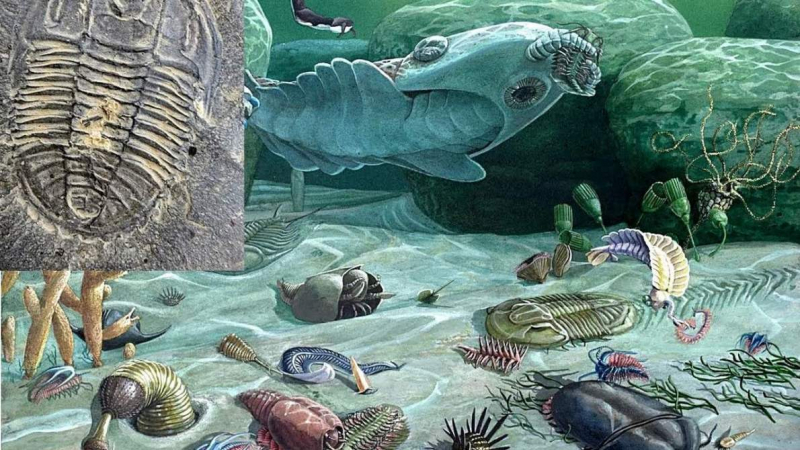The Cambrian Explosion
For billions of years, Earth's life was quite simple, consisting primarily of single-cell creatures and very simple multicellular species. Then, about 540 million years ago, an event known as the Cambrian Explosion occurred, resulting in an astonishing divergence of species. Almost all major animal groupings appeared in the fossil record over a period of roughly 20 million years, which is quite brief on an evolutionary scale.
But what triggered the Cambrian Explosion? Despite the fact that numerous scientists have researched it, there is no definitive answer to this topic. According to one popular theory, the event was precipitated by a significant and rapid increase in oxygen levels in the atmosphere, reaching levels comparable to present times. However, another study contends that the Cambrian Explosion was caused by a scarcity of oxygen rather than an abundance.
The Snowball Earth hypothesis proposes that primeval Earth had a large ice age that froze most of the planet's surface, and that the end of this ice age drove the rapid diversification of species. Some contend that the explosion was not a single event, but rather a sequence of "pulses of evolutionary innovation" that happened one after the other. Without a question, the Cambrian Explosion was a pivotal event in the history of life on Earth, yet it remains a mystery to scientists.












